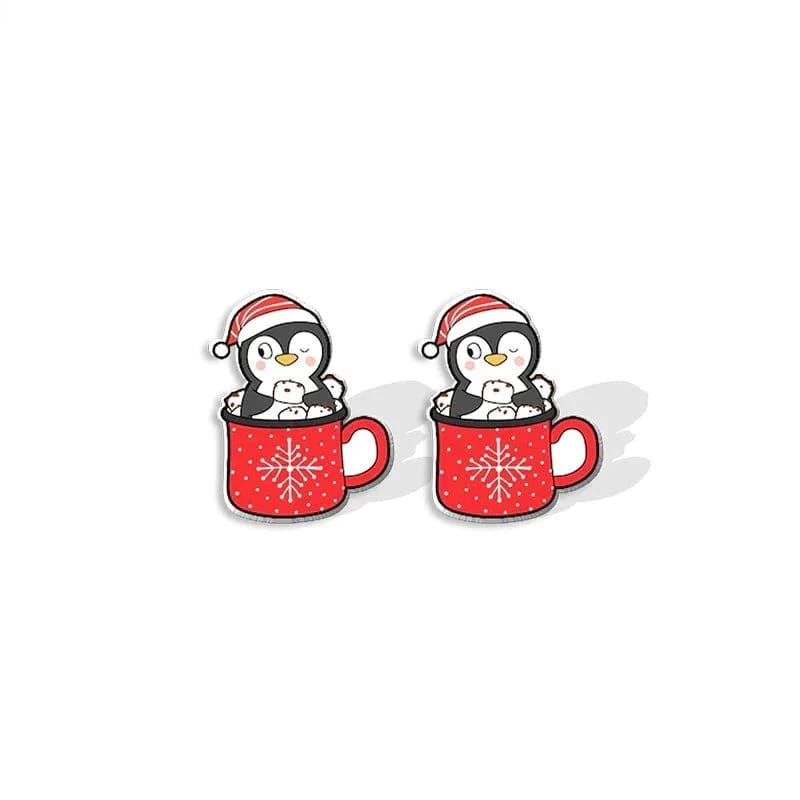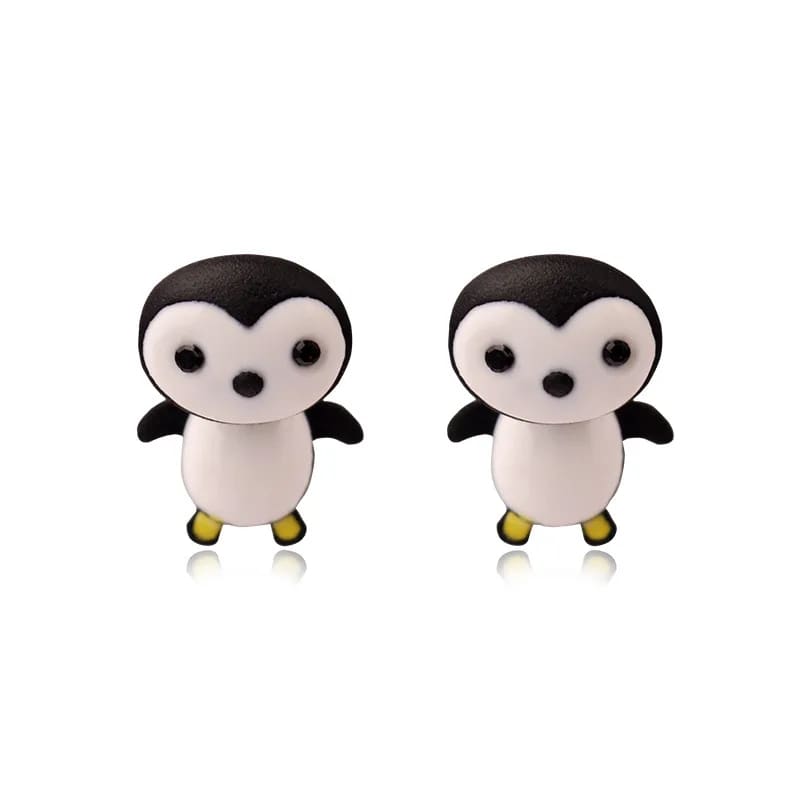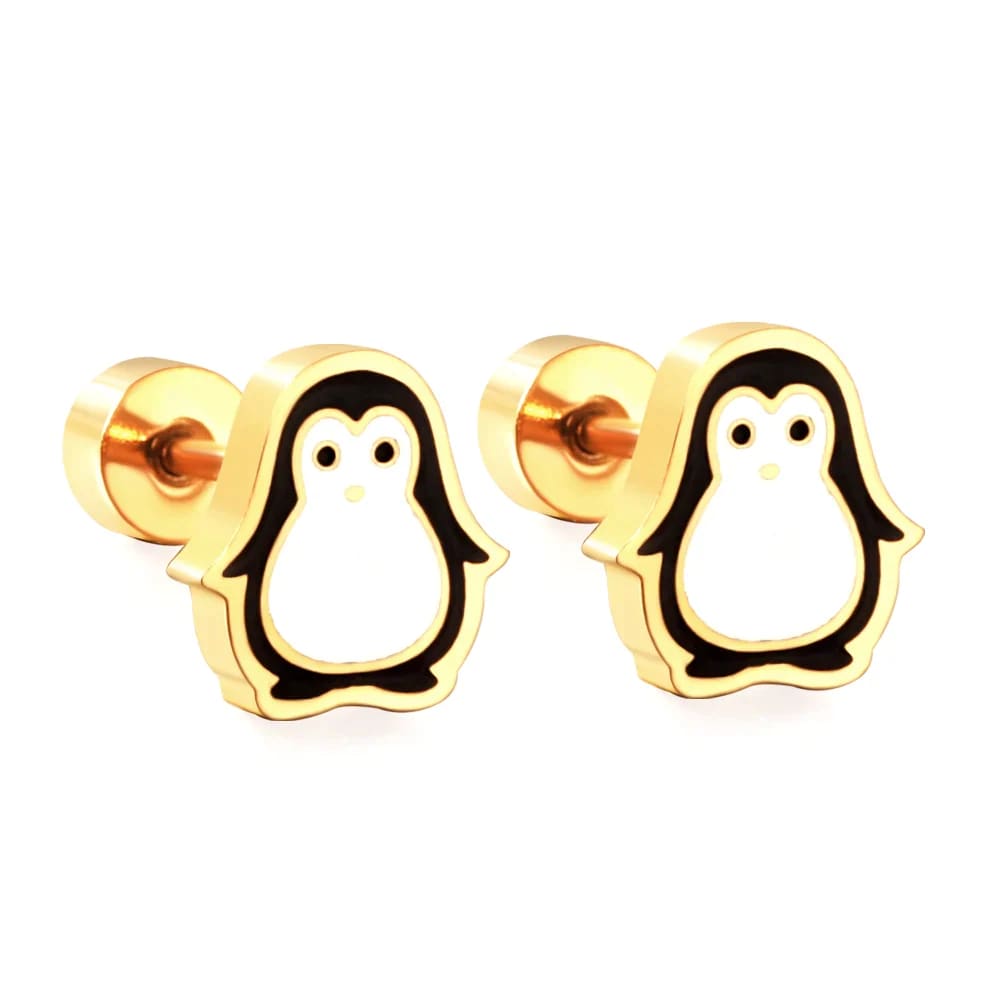Do Penguins Feel Hot? Exploring the Thermal Preferences of These Adorable Birds
The Insulating Abilities of Penguin Feathers
Penguins are known for their impeccable fashion sense, sporting sleek and stylish tuxedos. But did you know that their feathers also serve as excellent insulation against both cold and hot weather? These feathers are densely packed and overlapping, creating a waterproof barrier that prevents water from reaching their skin. In hot weather, penguins can fluff up their feathers to decrease heat transfer, keeping them cool and comfortable.
Not only do penguin feathers keep them warm in icy temperatures, but they also provide an effective cooling mechanism in hot climates. This unique adaptation allows penguins to maintain a consistent body temperature regardless of the external environment, making them true thermal regulation masters.
The Importance of Huddling: Staying Warm in Extreme Cold
In extreme cold, penguins engage in a behavior called huddling, where they gather in large groups to conserve heat. Huddling provides warmth by minimizing the surface area exposed to cold winds, while also allowing penguins to share body heat with one another. It's a fascinating example of how these birds adapt to the harsh conditions of their Antarctic habitat.
Within the huddle, penguins take turns moving from the outer edge to the center, ensuring that all individuals have a chance to warm up. This cooperative behavior is crucial for their survival, as it helps them conserve energy and maintain a stable body temperature while enduring freezing temperatures.
Additionally, huddling plays a vital role in protecting penguin eggs and chicks. By staying warm and insulated in a group, adult penguins can ensure the survival of their offspring even in the most inhospitable conditions.
Behavioral Adaptations to Beat the Heat
Penguins might be best known for their ability to thrive in freezing temperatures, but they are also well-prepared for warmer climates. For example, some penguin species choose to nest in areas with milder temperatures, such as the Galapagos Islands or South Africa.
When the weather gets too hot, penguins utilize several cooling strategies. They can pant, just like dogs, to increase evaporation from their respiratory system and dissipate heat. They also have special blood vessels called thermoregulatory vasculature located near their flippers, which allow them to release heat and cool down.
Another fascinating behavior observed in penguins during hot weather is their ability to bathe in the ocean. By swimming and diving in cool waters, they can bring down their body temperature and regulate their heat levels effectively. It's like a refreshing dip in the pool for these adorable creatures!
Penguins and Adaptation: Surviving in a Challenging Environment
Penguins are true masters of adaptation. Their ability to withstand extreme cold and tolerate hot temperatures showcases their remarkable resilience. These charming birds have evolved and developed biological and behavioral mechanisms that ensure their survival in diverse climates.
From their insulating feathers and huddling strategy in freezing conditions to their panting, vasodilation, and bathing habits during hot weather, penguins have found unique ways to regulate their body temperature and maintain a comfortable state.
The Role of Blubber: Coping with Cold Waters
One crucial adaptation that allows penguins to thrive in freezing waters is their layer of blubber. Similar to other marine mammals, penguins have a thick layer of fat underneath their skin, which provides insulation and helps them retain body heat. This blubber acts as a protective barrier against the harsh environment and helps penguins stay warm while swimming and hunting for food.
Additionally, the streamlined body shape of penguins reduces heat loss by minimizing the surface area exposed to cold water. This streamlined design enables them to swim efficiently and navigate through icy waters, conserving energy and maintaining a stable body temperature.
Penguins truly exemplify how adaptation to extreme conditions can lead to incredible survival strategies and ensure the long-term viability of a species.
Nesting and Molting: Different Seasons, Different Challenges
Throughout the year, penguins experience different challenges related to temperature regulation. During the nesting season, when eggs are incubating, adult penguins face the dual task of keeping their egg warm while also maintaining their own body temperature. They accomplish this by shifting positions and using their feather insulation to regulate heat.
Another temperature-related challenge for penguins is molting, which is the process of shedding old feathers and growing new ones. Molting is a strenuous period that requires penguins to find cool areas where they can avoid overheating during this vulnerable phase. They often gather near bodies of water to take advantage of the cooling effect.
These lifecycle events further emphasize the adaptation of penguins to temperature variations throughout the year, highlighting their remarkable ability to cope with different thermal demands.
Penguins and Climate Change: A Warming World
As the planet warms due to climate change, penguins face new and unprecedented challenges. Rising temperatures can disrupt their delicate thermal balance and impact their ability to survive and reproduce.
Warmer temperatures can lead to changes in the availability of food sources for penguins, affecting their overall health and reproductive success. The shifting climate may also alter the distribution of their habitats, forcing penguins to adapt or migrate to new areas.
The Impact of Melting Sea Ice on Penguin Populations
Penguins rely on sea ice for various aspects of their life, such as nesting, hunting, and resting. However, with the melting of sea ice, their habitats are rapidly changing. Reduced sea ice coverage means fewer breeding sites, as well as less access to food for some species that depend on it for survival.
Changes in sea ice dynamics also impact the natural prey of penguins, such as krill and fish, which can result in food scarcity. This, in turn, affects the overall health and reproductive success of penguin populations, potentially leading to population declines in some areas.
It is crucial for us to recognize the impact of climate change on penguins and take collective action to mitigate its effects. By reducing our carbon footprint and supporting conservation efforts, we can contribute to the preservation of these incredible creatures and their unique thermal adaptability.
Adaptability: The Key to Penguin Survival
Penguins have captivated our hearts with their adorable appearance and charismatic behavior, but they are also a testament to the power of adaptation. Whether it's braving the freezing temperatures of Antarctica or coping with hotter climates, these birds have honed their thermal regulation to survive in some of the harshest environments on Earth.
As we continue to learn more about the thermal preferences of penguins and their ability to adapt to changing conditions, it becomes clear that safeguarding their habitats and addressing climate change is vital. By doing so, we can help ensure that these remarkable creatures continue to thrive for generations to come.
Exploring the Fascinating World of Penguin Thermoregulation
Penguins are truly remarkable creatures when it comes to thermal regulation. Their insulating feathers, huddling behavior, and unique adaptations allow them to withstand both extreme cold and hot temperatures. From the freezing waters of Antarctica to the milder climates of the Galapagos Islands, penguins have proven themselves to be masters of adapting to diverse environments.
However, as climate change continues to unfold, these beloved birds face new challenges. Rising temperatures and melting sea ice threaten their habitats and food sources, emphasizing the importance of conservation efforts.
By marveling at the thermoregulatory prowess of penguins and taking action to protect their fragile ecosystems, we can ensure the survival of these adorable birds and learn valuable lessons about adaptation and resilience in the face of a changing world.



























